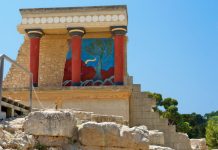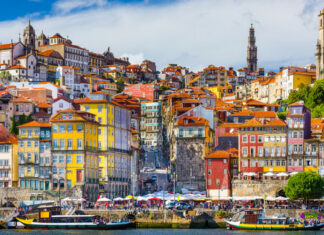Augustus Caesar: The Founder’s Likeness

Augustus, the first Roman emperor, shaped the empire’s destiny. The resemblance we associate with him originates from sculptures and portraits found in various mediums. The “Prima Porta” statue, showcasing Augustus in idealized form, offers an iconic representation with a youthful countenance and idealized features, highlighting the emperor’s statesman-like persona.
Nero: The Controversial Countenance
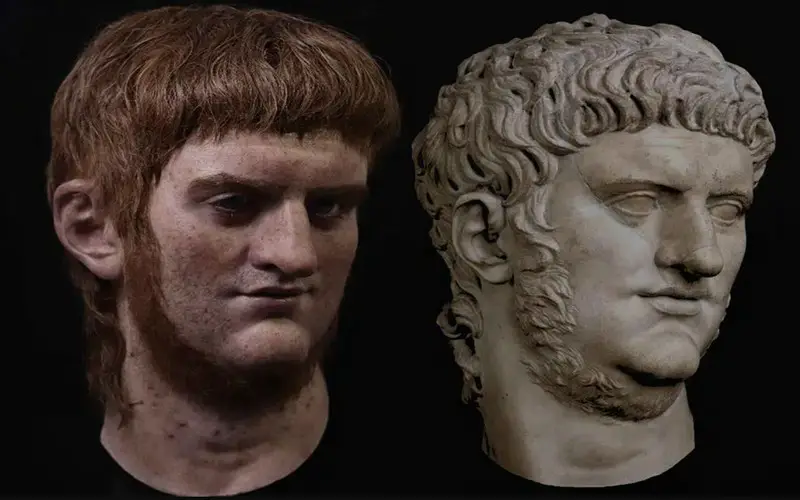
Portrayed in various coins and sculptures, Nero’s likeness exhibits a youthful face with an elaborate hairstyle. His statues reveal a well-groomed, idealized appearance that contrasts with the historical accounts of his controversial reign, hinting at the propaganda that often shaped the emperors’ public image.
Trajan: A Vision of Strength and Leadership
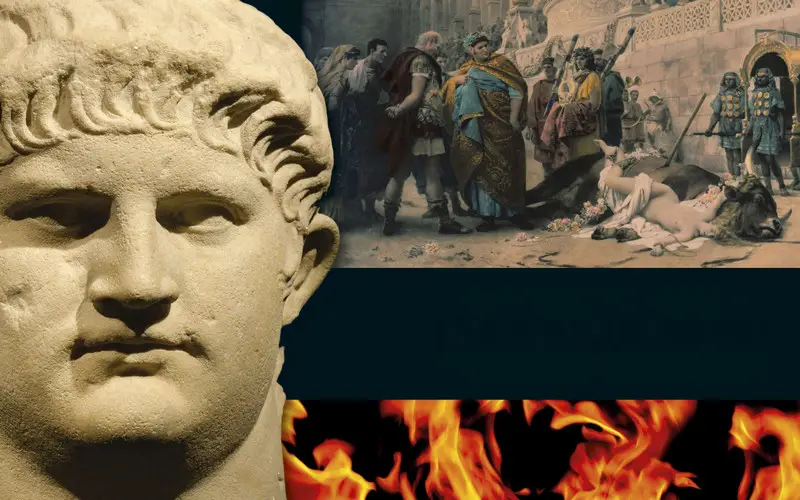
Trajan’s appearance, captured in statues and reliefs, reflects strength and authority. His portraits depict a mature, bearded man with a commanding presence, emphasizing his military prowess and leadership qualities, traits that solidified his legacy as one of Rome’s greatest emperors.
Hadrian: The Philosopher Emperor

Known for his intellectual pursuits, Hadrian’s statues portray a bearded figure with a contemplative gaze. His features exude wisdom and intellect, embodying the characteristics of a philosopher king. The marble busts of Hadrian reveal a man with a distinctive beard and deeply thoughtful eyes.
Marcus Aurelius: The Stoic Emperor
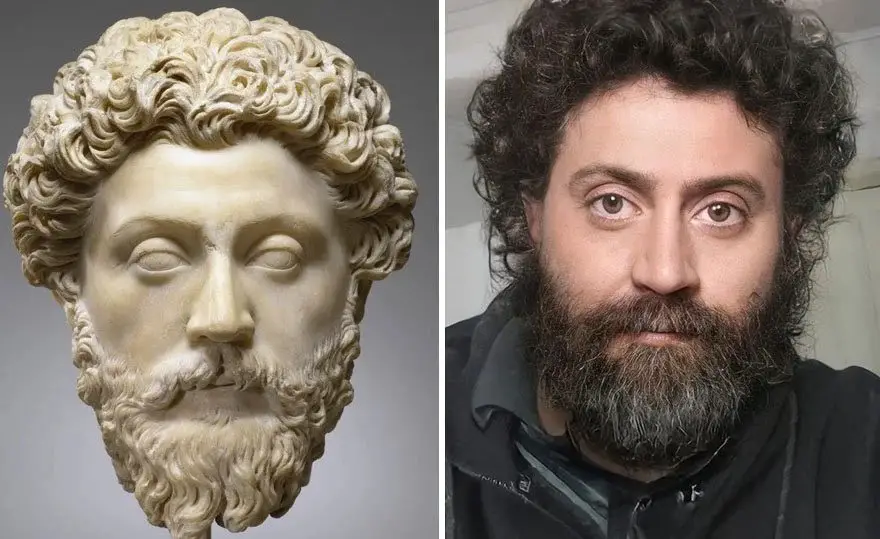
Portrayed with a furrowed brow and a serious expression, Marcus Aurelius’ statues project a sense of introspection and stoicism. His likeness reflects the gravity of his philosophical ponderings and the weight of his responsibilities as an emperor.
Constantine the Great: Imperial Majesty
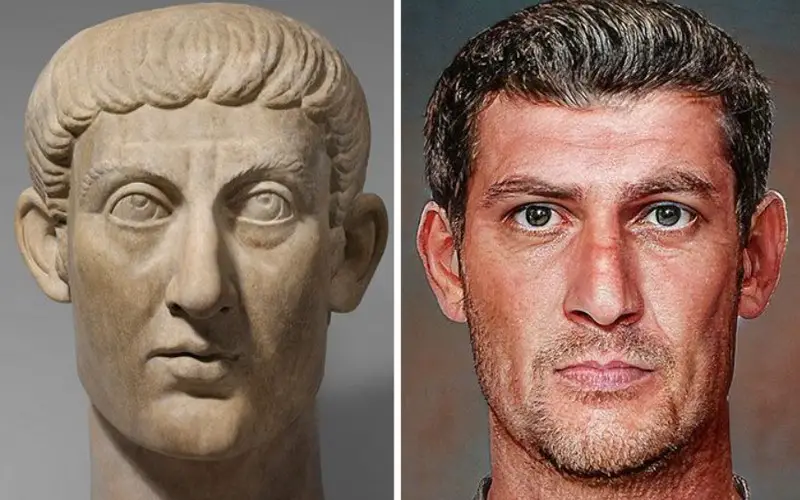
Images of Constantine depict a mature, bearded ruler with a commanding presence. His statues often portray him in regal attire, reflecting his role in the Christianization of the Roman Empire. The colossal head of Constantine’s statue in Rome’s Capitoline Museums captures his imperial majesty.
Julius Caesar: A Contested Countenance
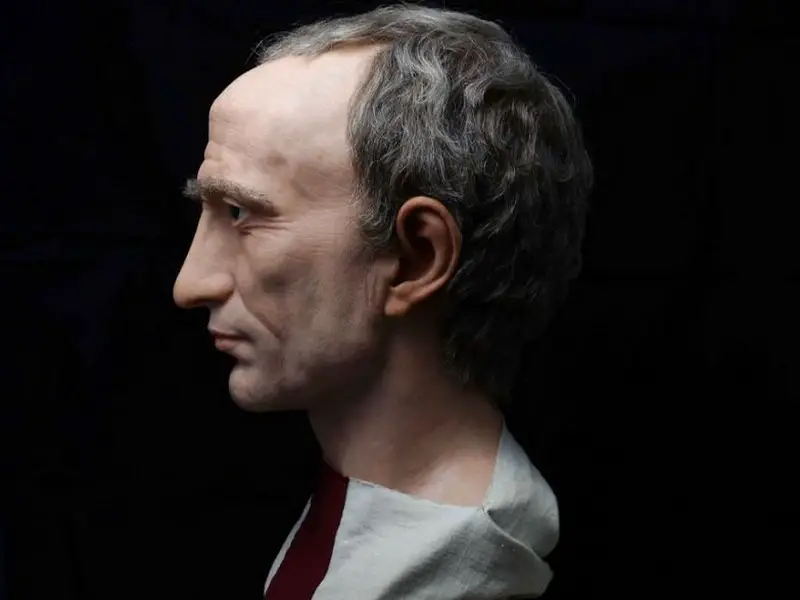
Despite being pre-imperial, Julius Caesar’s likeness has been depicted in various artworks and coins. The accuracy of these representations remains debatable, with some relying on his iconic bust from the Vatican Museums, while others speculate about the accuracy of his facial features.





